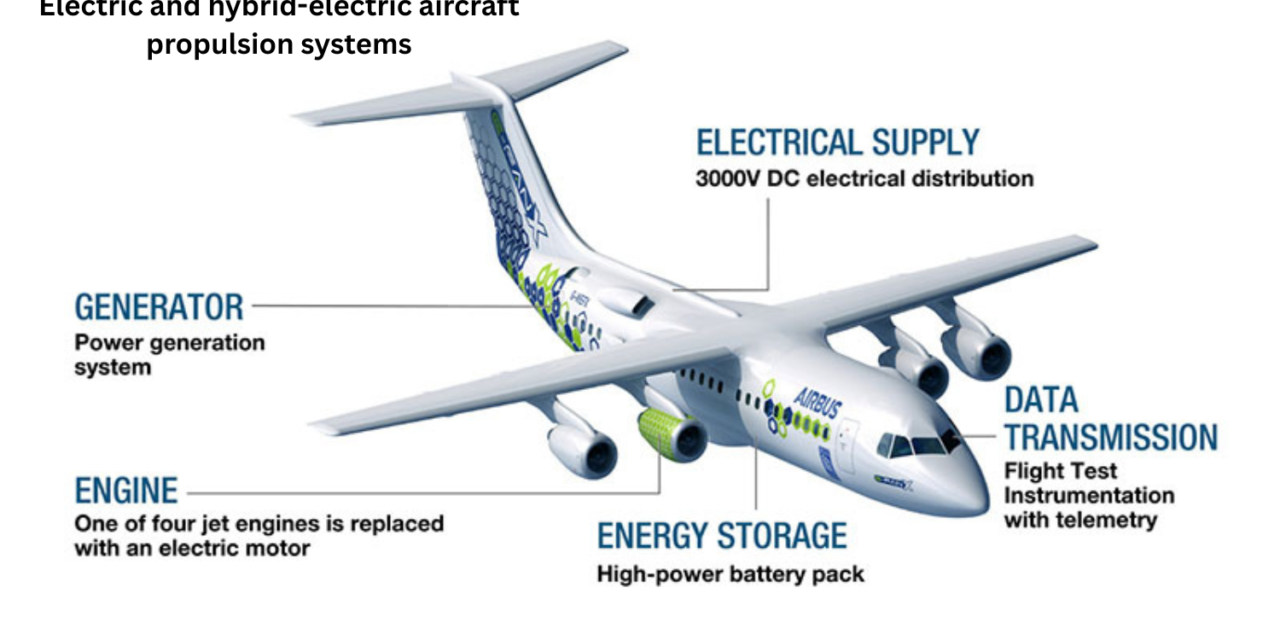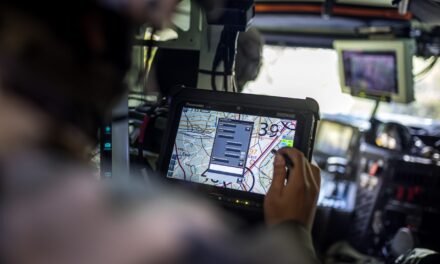Electric and hybrid-electric aircraft propulsion systems are at the forefront of sustainable aviation, leveraging advancements in energy storage, motor efficiency, and system integration to reduce emissions, improve efficiency, and enable new design possibilities. Here are the latest advancements in these technologies:
1. Energy Storage: Batteries and Alternatives
- High-Energy-Density Batteries:
- Lithium-ion batteries remain the standard, but next-generation chemistries like solid-state batteries, lithium-sulfur, and lithium-air are under development.
- Solid-state batteries promise higher energy densities, better safety, and longer life cycles.
- Supercapacitors:
- Provide rapid energy discharge for short bursts, useful for hybrid systems during takeoff or landing.
- Hydrogen Fuel Cells:
- Fuel cells convert hydrogen into electricity for propulsion, offering zero in-flight emissions and long-range capabilities.
- Example: ZeroAvia’s hydrogen-electric powertrains for regional aircraft.
2. Advanced Electric Motors
- High-Power-Density Motors:
- Innovations in materials and design, such as superconducting and permanent magnet motors, improve power output while reducing weight.
- Thermal Management Systems:
- Advanced cooling technologies enhance motor efficiency and reliability by mitigating heat buildup.
- Distributed Electric Propulsion (DEP):
- Utilizes multiple small electric motors to enhance aerodynamic efficiency, reduce noise, and improve redundancy.
3. Hybrid-Electric Propulsion
- Parallel Hybrid Systems:
- Combines an internal combustion engine with an electric motor, allowing simultaneous or independent operation for fuel savings and flexibility.
- Series Hybrid Systems:
- Uses a combustion engine to generate electricity that powers electric motors for propulsion, enabling efficient cruise performance.
- Turboelectric Systems:
- Turbines generate electricity to drive electric motors, separating power generation from propulsion.
4. Aircraft Integration and Design
- Blended Wing and Distributed Propulsion:
- Designs like blended wing bodies and DEP systems improve aerodynamics and enable better integration of electric systems.
- Vertical Takeoff and Landing (VTOL):
- Electric VTOL (eVTOL) aircraft utilize electric propulsion for urban air mobility, offering quieter and more sustainable operations.
- Example: Lilium Jet and Joby Aviation’s eVTOL aircraft.
- Retrofit Kits:
- Hybrid-electric propulsion systems are being developed as retrofit solutions for existing aircraft, accelerating adoption.
5. Power Electronics and Control Systems
- Lightweight Inverters:
- Silicon carbide (SiC) and gallium nitride (GaN) materials improve inverter efficiency and reduce weight.
- Advanced Power Management:
- Intelligent energy distribution systems optimize power use across motors, batteries, and other components.
- Autonomous Systems:
- AI-based control systems monitor and adjust propulsion performance in real-time, ensuring safety and efficiency.
6. Sustainable Energy Sources
- Renewable Energy Integration:
- Solar panels integrated into aircraft surfaces can augment battery life, particularly for high-altitude and long-endurance applications.
- Example: Solar Impulse 2 demonstrated the viability of solar-powered flight.
7. Real-World Applications and Projects
- Regional Aircraft:
- Aircraft like the Ampaire Electric EEL and magniX-powered Cessna 208 Grand Caravan are pioneering hybrid-electric flight in the regional market.
- Urban Air Mobility:
- eVTOLs are gaining traction for short-range, urban commutes with companies like Archer Aviation and Volocopter leading the way.
- Demonstrators:
- Airbus’ E-Fan X hybrid-electric demonstrator explored large-scale hybrid-electric propulsion.
- NASA’s X-57 Maxwell aims to demonstrate DEP efficiency and noise reduction.
8. Environmental and Economic Benefits
- Reduced Emissions:
- Electric and hybrid-electric systems lower or eliminate CO₂ emissions, depending on energy sources.
- Noise Reduction:
- Electric motors operate more quietly than traditional engines, reducing noise pollution near airports and urban areas.
- Operational Cost Savings:
- Electric systems have fewer moving parts, reducing maintenance costs and improving reliability.
9. Challenges and Future Directions
- Energy Density:
- Current battery technology limits range and payload; breakthroughs in energy storage are crucial for scaling to larger aircraft.
- Infrastructure Development:
- Charging and refueling networks for batteries and hydrogen need to expand globally.
- Regulatory Standards:
- Certification frameworks for electric and hybrid-electric propulsion systems are still evolving.
- Integration with Air Traffic Management:
- Coordinating electric and hybrid flights within existing air traffic systems is essential for smooth operations.
10. Future Prospects
- Hydrogen-Electric Synergy:
- Combining hydrogen fuel cells with battery systems could offer optimal performance for regional and long-haul flights.
- Ultra-High-Efficiency Aircraft:
- Advances in propulsion, energy storage, and airframe design will pave the way for fully electric commercial airliners.
- Increased Investments:
- Governments and private sectors are funding research and development, accelerating technological advancements.
Electric and hybrid-electric propulsion systems are key to the future of sustainable aviation, enabling cleaner, quieter, and more efficient air travel. As technology continues to evolve, these systems will expand from niche applications to mainstream aviation, transforming the aerospace industry while reducing its environmental footprint.













